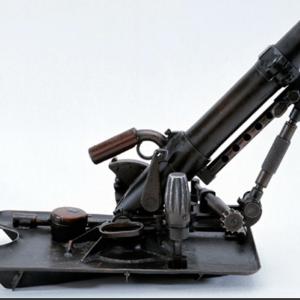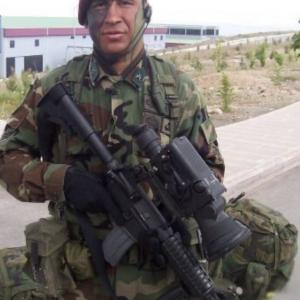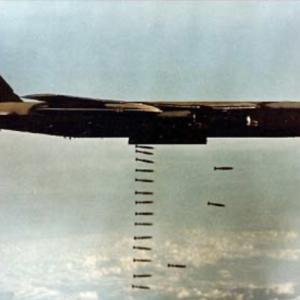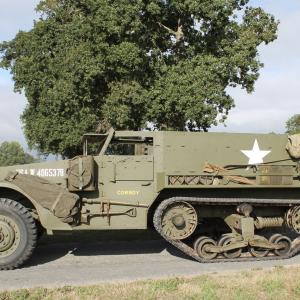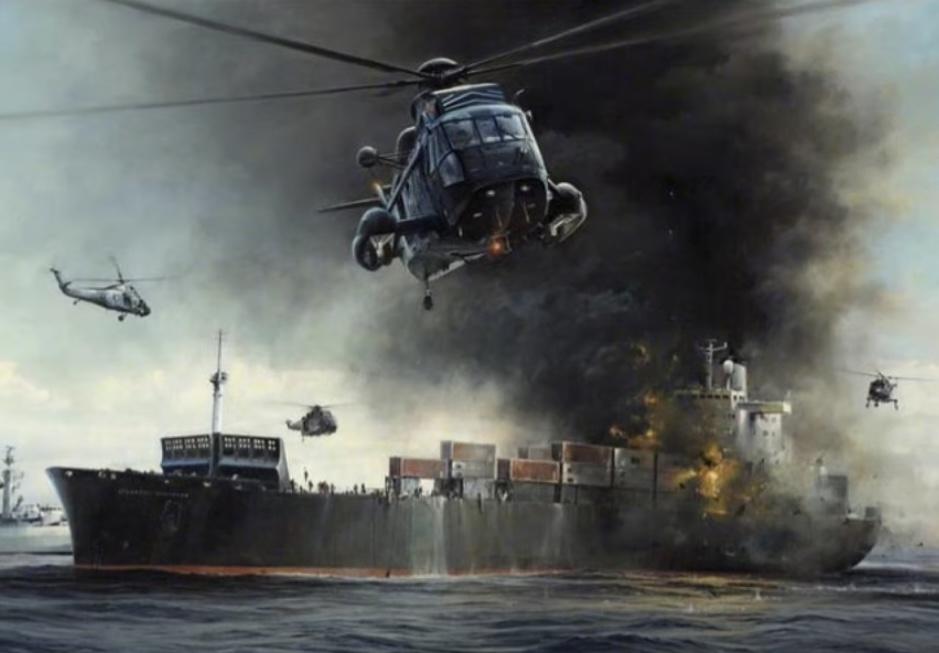
Atlantic Conveyor ship hit
The Atlantic Conveyor was a 14,950-ton roll-on/roll-off container ship requisitioned by the British Ministry of Defence under the Ship Taken Up From Trade (STUFT) scheme. Converted into an auxiliary aircraft carrier, she was tasked with transporting essential military equipment, including helicopters, Harrier jump jets, and supplies, to support British forces in the South Atlantic. Her cargo was crucial for the success of Operation Corporate, the British operation to reclaim the Falkland Islands. On 20 May, the ship sailed from Ascension Island, carrying six Wessex HU5 helicopters, three Chinook helicopters, and a Lynx helicopter, along with vital supplies. Her mission was to deliver these assets to the San Carlos Water area, a key staging point for the British amphibious assault. On the evening of 25 May, as the Atlantic Conveyor approached San Carlos Water, she was detected by Argentine Navy radar. Two Super Étendard aircraft, piloted by Corvette Captain Roberto Curilovic and Warship Lieutenant Julio Barraza, launched two AM39 Exocet missiles at the ship. The Exocet missiles are sea-skimming anti-ship weapons designed to strike vessels with minimal radar detection. the mission these pilots undertook was particularly daring due to the extreme range involved. The Super Étendards were based on the Argentine mainland and required aerial refueling mid-flight to complete the mission. The aircraft met with a KC-130 Hercules tanker over the South Atlantic to refuel before proceeding toward their maritime targets. This complex coordination extended the aircraft's operational reach, allowing them to strike deep into the British task force’s position. Without this in-flight refueling, the Super Étendards would not have had the range to reach the British fleet and return safely. The Atlantic Conveyor was not aligned end-on to the incoming threat, a defensive maneuver intended to present the smallest radar profile. Instead, she was ordered to turn port onto course 040°, inadvertently presenting a broadside to the missiles. This misalignment made the ship a more prominent target for the Exocets. Both missiles struck the port quarter of the ship. The impact caused massive fires, fueled by the presence of aviation fuel and ammunition stored below decks. The fires quickly spread, overwhelming the crew's efforts to contain them. The ship's engines were disabled, and the crew was forced to abandon ship. Twelve crew members lost their lives in the attack, including Captain Ian North, who was posthumously awarded the Distinguished Service Cross for his leadership and bravery. The ship's helicopters, which were vital for troop mobility, were destroyed in the fire. One Chinook helicopter, "Bravo November," was airborne at the time and survived, but the rest were lost. The loss of these helicopters significantly impacted British operations, forcing troops to march across the Falkland Islands to reach their objectives. The Atlantic Conveyor was towed by the requisitioned tug Irishman in an attempt to save her. However, the damage was too severe, and she sank on 28 May 1982. The sinking of the Atlantic Conveyor underscored the vulnerability of even the most vital support vessels in modern naval warfare. It highlighted the effectiveness of the Exocet missile and the importance of maintaining proper defensive postures. The loss also emphasised the critical role of logistics and air mobility in military operations. In Liverpool, a memorial service was held to honor the twelve men who lost their lives aboard the Atlantic Conveyor. The ship's loss remains a poignant reminder of the sacrifices made during the Falklands War.

